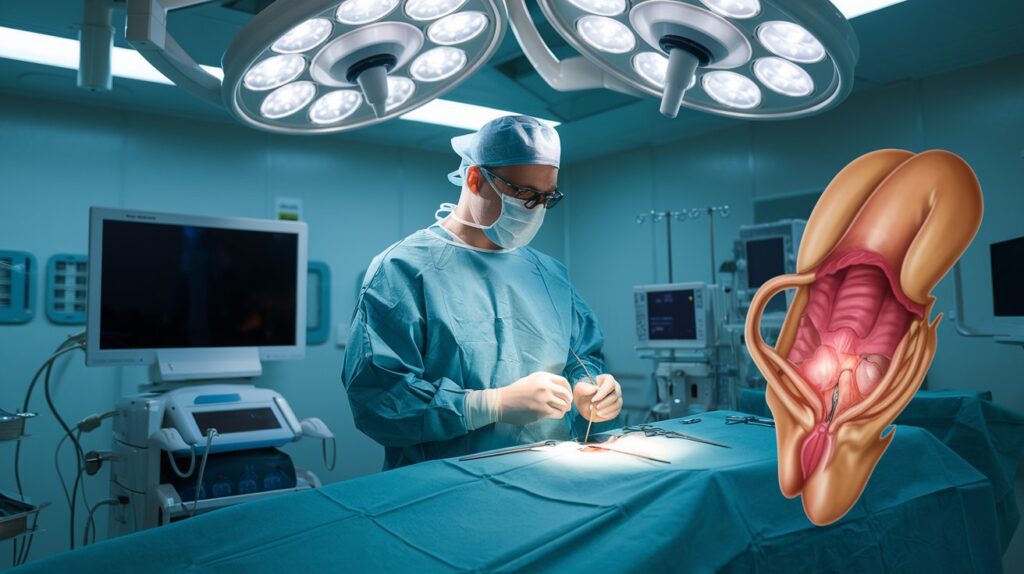The Ultimate Guide to Minimally Invasive Hernia Repair
Introduction
Hernias are a common medical condition that can affect anyone, from young adults to the elderly. While traditional hernia surgeries were often associated with long recovery times and discomfort, advancements in medical technology have introduced minimally invasive hernia repair techniques. These methods not only offer quicker recovery but also reduce post-operative pain and complications. Dr. Sanjeev Gupta, a renowned surgeon with over 20 years of experience, sheds light on everything you need to know about minimally invasive hernia repair.
What is a Hernia?
A hernia occurs when an organ or tissue pushes through a weak spot in the surrounding muscle or connective tissue. They can develop in various parts of the body, but the most common types include:
- Inguinal Hernia: Occurs in the groin area.
- Umbilical Hernia: Appears near the belly button.
- Incisional Hernia: Develops at the site of a previous surgical incision.
- Hiatal Hernia: When part of the stomach pushes into the chest cavity.
- Femoral Hernia: Common in women, occurring in the upper thigh.
Why Choose Minimally Invasive Hernia Repair?
Minimally invasive hernia repair, also known as laparoscopic surgery, involves making small incisions through which surgical tools and a camera are inserted. The key benefits include:
- Smaller Incisions: Reduced scarring and faster healing.
- Less Pain: Minimally invasive techniques result in less post-operative discomfort.
- Quick Recovery: Most patients can resume normal activities sooner.
- Lower Risk of Infection: Smaller wounds reduce the risk of complications.
The Procedure: What to Expect
During minimally invasive hernia repair:
- Anesthesia: The patient is put under general anesthesia to ensure a painless procedure.
- Small Incisions: Tiny cuts are made near the hernia site.
- Insertion of Instruments: A laparoscope (camera) and surgical tools are inserted.
- Repair: The surgeon pushes the protruding tissue back into place and reinforces the area with mesh if needed.
- Closure: Incisions are closed with minimal sutures or surgical glue.
Post-Operative Care and Recovery
Dr. Sanjeev Gupta emphasizes the importance of following these guidelines for a smooth recovery:
- Rest: Avoid strenuous activities for the first few weeks.
- Light Exercise: Gentle walking to improve blood circulation.
- Healthy Diet: Include fiber-rich foods to prevent constipation.
- Follow-Up Visits: Attend all scheduled check-ups with your doctor.
When to Consult Dr. Sanjeev Gupta
If you experience symptoms like a noticeable bulge, pain when lifting, or persistent discomfort in the abdomen or groin, it’s advisable to seek medical advice. Dr. Sanjeev Gupta’s expertise in minimally invasive techniques ensures that patients receive the highest standards of care with minimal disruption to their daily lives.
Conclusion
Minimally invasive hernia repair is a game-changer in surgical treatments, offering patients a safe and effective option for hernia management. With expert surgeons like Dr. Sanjeev Gupta, you can expect not only advanced treatment but also a compassionate and patient-focused approach. If you’re considering hernia surgery, explore minimally invasive options to ensure a faster, smoother recovery.
For consultations or to learn more about advanced surgical solutions, contact Dr. Sanjeev Gupta today!


